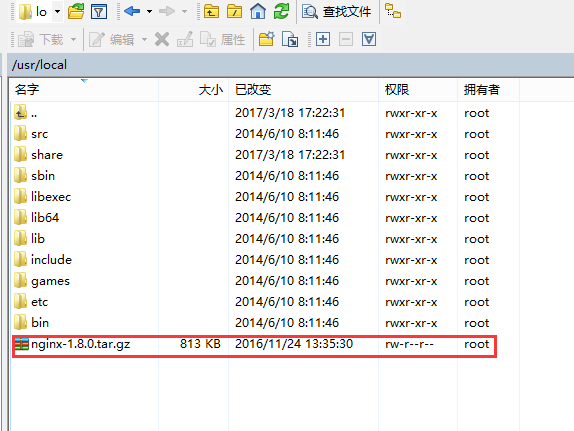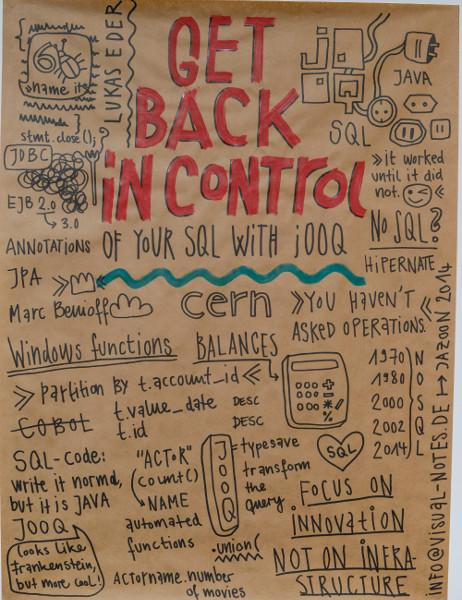【ActiveMQ】之 SpringBoot 与 ActiveMQ 整合
首先,我们创建 SpringBoot 的 Maven 工程,然后配置 pom.xml 文件:
<?xml version="1.0" encoding="UTF-8"?><project xmlns="http://maven.apache.org/POM/4.0.0" xmlns:xsi="http://www.w3.org/2001/XMLSchema-instance" xsi:schemaLocation="http://maven.apache.org/POM/4.0.0 http://maven.apache.org/xsd/maven-4.0.0.xsd"><modelVersion>4.0.0</modelVersion><groupId>com.wang</groupId><artifactId>boot_mq_queue_producer</artifactId><version>1.0-SNAPSHOT</version><!-- 配置 spring boot 的父类 --><parent><groupId>org.springframework.boot</groupId><artifactId>spring-boot-starter-parent</artifactId><version>2.1.15.RELEASE</version><relativePath/> <!-- lookup parent from repository --></parent><properties><!-- 配置编译器 --><project.version>1.8</project.version></properties><!-- 配置 spring boot 依赖包 --><dependencies><!-- spring boot 的基本三大件 --><dependency><groupId>org.springframework.boot</groupId><artifactId>spring-boot-starter</artifactId></dependency><dependency><groupId>org.springframework.boot</groupId><artifactId>spring-boot-starter-web</artifactId></dependency><dependency><groupId>org.springframework.boot</groupId><artifactId>spring-boot-starter-test</artifactId></dependency><!-- spring 和 activemq 的整合包 --><dependency><groupId>org.springframework.boot</groupId><artifactId>spring-boot-starter-activemq</artifactId></dependency></dependencies><build><plugins><plugin><!-- 构建 Spring boot 的插件 --><groupId>org.springframework.boot</groupId><artifactId>spring-boot-maven-plugin</artifactId></plugin></plugins></build></project>
下面以队列为例,在 resources 下添加我们的 application.yml 文件:
server:port: 7777spring:activemq:broker-url: tcp://127.0.0.1:61616 # mq 服务器地址user: adminpassword: adminjms:pub-sub-domain: false # 是否为主题,false 为 queue,true 为 topic# 自定义队列名称myqueue: boot-activemq-queue
接下来添加 Queue 的 Bean 配置类:
@Component@EnableJms // 开启适配注解public class ConfigBean {@Value("${myqueue}")private String myQueue;@Beanpublic Queue queue() {return new ActiveMQQueue(myQueue);}}
然后就可以在 Producer 中引用 queue 来发送消息了:
@Componentpublic class QueueProducer {@Autowiredprivate JmsMessagingTemplate jmsMessagingTemplate;@Autowiredprivate Queue queue;// 手动发送消息public void produceMsg() {String msg = UUID.randomUUID().toString().substring(0, 6);jmsMessagingTemplate.convertAndSend(queue, "produceMsg : " + msg);System.out.println("------- produceMsg 发送消息完毕 ------");}// 每隔3秒发送一条消息@Scheduled(fixedDelay = 3000)public void scheduledProduceMsg() {String msg = UUID.randomUUID().toString().substring(0, 6);jmsMessagingTemplate.convertAndSend(queue, "produceMsg : " + msg);System.out.println("------- scheduledProduceMsg 发送消息完毕 ------");}}
为了使间隔发送消息生效,我们需要在 SpringBoot 的启动程序不中添加 @EnableScheduling 注解:
@SpringBootApplication@EnableScheduling // 开启 schedulingpublic class ProducerApplication {public static void main(String[] args) {SpringApplication.run(ProducerApplication.class, args);}}
下面我们来创建 Spring Boot 的 Consumer 功能,创建方法和 Producer 基本一致,只需要修改 yaml 文件的微服务端口即可:
server:port: 8888spring:activemq:broker-url: tcp://127.0.0.1:61616 # mq 服务器地址user: adminpassword: adminjms:pub-sub-domain: false # 是否为主题,false 为 queue,true 为 topic# 自定义队列名称myqueue: boot-activemq-queue
接下来就可以编写我们的消费者代码了,消费者无需像生产者那样配置 Queue 的 Bean 配置文件,只需要监听消息即可:
@Componentpublic class Consumer {// 监听 myqueue 队列的消息@JmsListener(destination = "${myqueue}")public void receive(TextMessage textMessage) throws JMSException {System.out.println("接收消息:" + textMessage.getText());}}
这样我们只需要启动 consumer 对应的 SpringBootApplication 程序即可以监听接收来自队列的消息:
@SpringBootApplicationpublic class ConsumerApplication {public static void main(String[] args) {SpringApplication.run(ConsumerApplication.class);}}
主题 Topic 方式
接下来我们演示主题的 springboot 工程,同样我们先创建 Producer 工程,修改 yaml 文件为:
server:port: 6666spring:activemq:broker-url: tcp://127.0.0.1:61616 # mq 服务器地址user: adminpassword: adminjms:pub-sub-domain: true # 设置为主题# 自定义主题名称myTopic: boot-activemq-topic
唯一不同的是,我们把 pub-sub-domain 设置为了 true,表示为主题方式,同时修改主题名称。
对于 Producer 我们需要配置对应的 Topic 的 Bean 文件:
@Componentpublic class ConfigBean {// Topic 名称@Value("${myTopic}")private String myTopic;@Beanpublic Topic topic() {return new ActiveMQTopic(myTopic);}}
然后就是我们的 topic 的 producer 代码:
@Component@EnableJms // 开启适配注解public class TopicProducer {@Autowiredprivate JmsMessagingTemplate jmsMessagingTemplate;@Autowiredprivate Topic topic;// 定时发送消息@Scheduled(fixedDelay = 3000)public void produceTopicMsg() {String msg = UUID.randomUUID().toString().substring(0, 6);jmsMessagingTemplate.convertAndSend(topic, "Topic Msg : " + msg);System.out.println("----- send topic msg : " + msg);}}
配置了定时发送之后必要忘了在 SpringBoot 的启动程序加上 @EnableScheduling 注解。
接下来就是我们的 Topic 的 Consumer 项目工程了,工程创建流程还是一样,只需修改我们 Consumer 的 yaml 文件的端口即可:
server:port: 5555spring:activemq:broker-url: tcp://127.0.0.1:61616 # mq 服务器地址user: adminpassword: adminjms:pub-sub-domain: true # 设置为主题# 自定义主题名称myTopic: boot-activemq-topic
然后就是编写我们的 Consumer 代码:
@Componentpublic class TopicConsumer {// 监听来自 Topic 的消息@JmsListener(destination = "${myTopic}")public void receive(TextMessage textMessage) throws JMSException {System.out.println("接收 topic message :" + textMessage.getText());}}
至此,全部配置完毕,对比 Queue,Topic 唯一不同的是需要先启动 Consumer 然后才启动 Producer。



































还没有评论,来说两句吧...